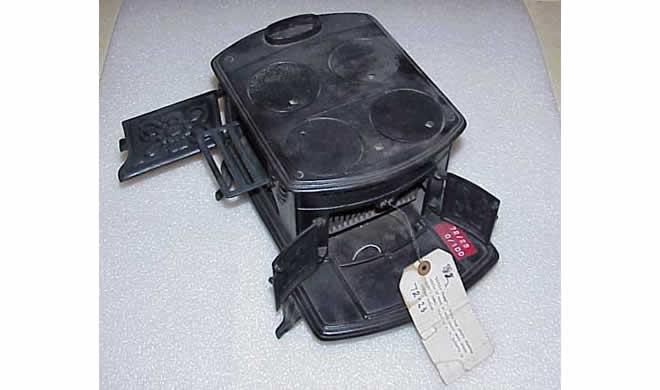
The nineteenth century was a time of amazing growth in America. Within a relatively short span of time, the country was transformed from a rural society to an industrial giant. Patriotism, ambition, and optimism ran through the land like currents of electricity. The number of patents issued during this time was incredible, and the search for self-sufficiency and greater comfort made inventing a sort of national pastime.
On July 4, 1836, President Andrew Jackson signed a bill into law that established a new and improved patent system in the United States. All applicants needed to present three items prior to reviewal for a patent: a written description, a schematic drawing, and a model of the invention.
At the time the bill was signed, models were already in popular use. An inventor found a model of his invention very useful, as did the Patent Examiners, especially if the former hadn't accurately or clearly described all aspects of his contraption. If it sounded like something already in existence, an Examiner could have a look at the model to help clarify or illustrate what the invention was intended to be.
As the decades passed, though, models were taken advantage of and seen as an easy out to writing good descriptions. Inventors began slacking in their written accounts of inventions because they just figured that the model would substitute for anything they had carelessly left out. But the Patent office caught on quickly and no longer permitted the model to serve in lieu of information that was lacking in the drawing or description. The model collection, originally used to help patentees establish the true nature of their inventions, grew to be a resource that helped the Patent Office convince applicants whose inventions were not new that what they had simply was not patentable.
When the 1836 bill was passed, Congress had more in mind for models than being just part of the requirement for a patent application. Models were also a way to educate the public, stimulate creativity and enterprise, and inspire a sense of America's destiny. By the late 1860s, the number of patented models was growing at the rate of more than 13,000 annually. Since the bill never specified what patent models should look like or include, the Patent Office had amassed quite a diverse collection. Some models were classics of the modelmaker's craft; some were simple and unsophisticated. Some models were abstract; others were perfect miniatures. Still others only showed a single component or focus; others took the entire machine or invention into consideration.
In 1908, Congress sought to dispose of the more than 150,000 models that still existed. Many had been on display in the Patent Office Museum, but fire and space issues caused the majority to be hidden away in storage. The Smithsonian selected 1,061 associated with famous inventors, and an effort to auction off the remaining models resulted in the transfer of only 3,000 others.
The rest, packed in oak crates, went back to storage until 1925, when Congress devised a plan to give those historically important models to the Smithsonian or other institutions, and dispose of all others by any means possible. The great majority ended up in private hands, not in historic collections. Even though they may have been dispersed to mantelpieces all over the globe, it is conceivable (and largely guesswork) that as many as half of the patent models created may still be in existence today.
*For more information, refer to American Enterprise: Nineteenth-Century Patent Models, 1984, by The Smithsonian Institution and Cooper-Hewitt Museum.
Note: The objects pictured above are part of The Franklin Institute's protected collection of objects. The images are ©The Franklin Institute. All rights are reserved.









